Flatland
May was, to put it simply, very quiet. We expected little price movement and that is what we got, and we don’t expect that to change in June unless there is another tariff judgement day. July will be a key month as there will be much resting on whether deals have been made or whether tariffs will be put back in place. While we see neither side having as much leverage as they might have thought earlier, we do expect brand pull-ins to be less aggressive this time around. That said, we expect little substantive progress is being made, regardless of the positive spin likely from the White House in June and while deals might calm nervous investors, consumers are still skeptical that any of these trade shenanigans will make much of a difference this year, making the real driving force for the upcoming holiday season consumer sentiment rather than tariffs, unless Trump ius willing to go all in and put his reciprocal tariffs back in the game and take a chance with the electorate.

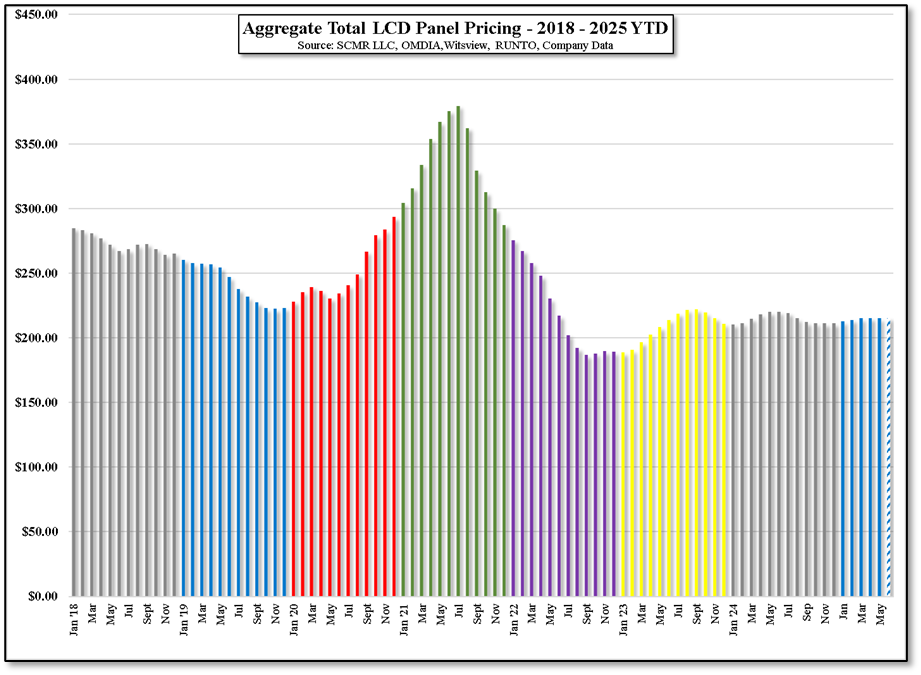

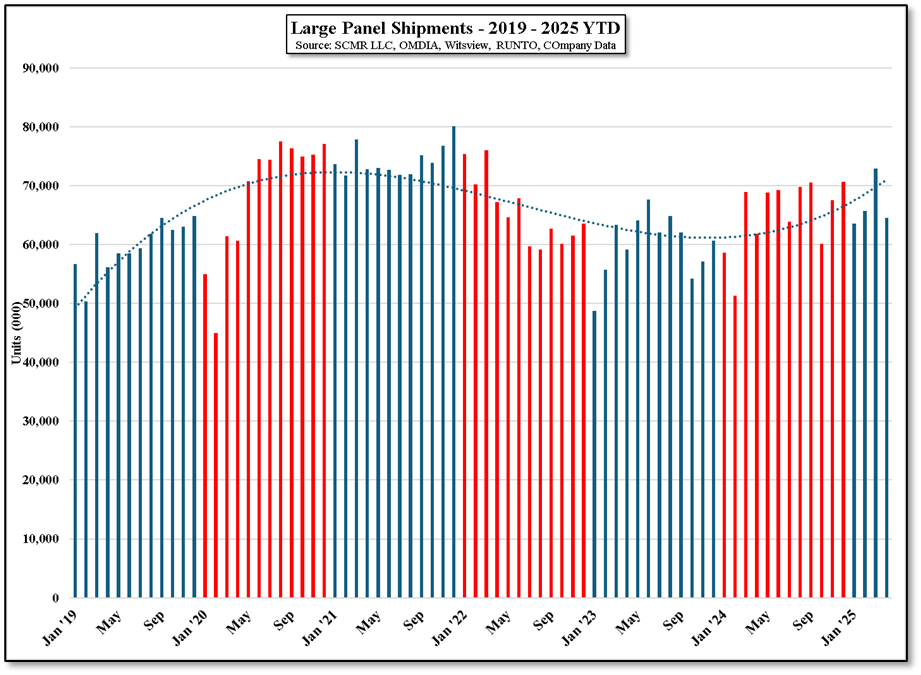
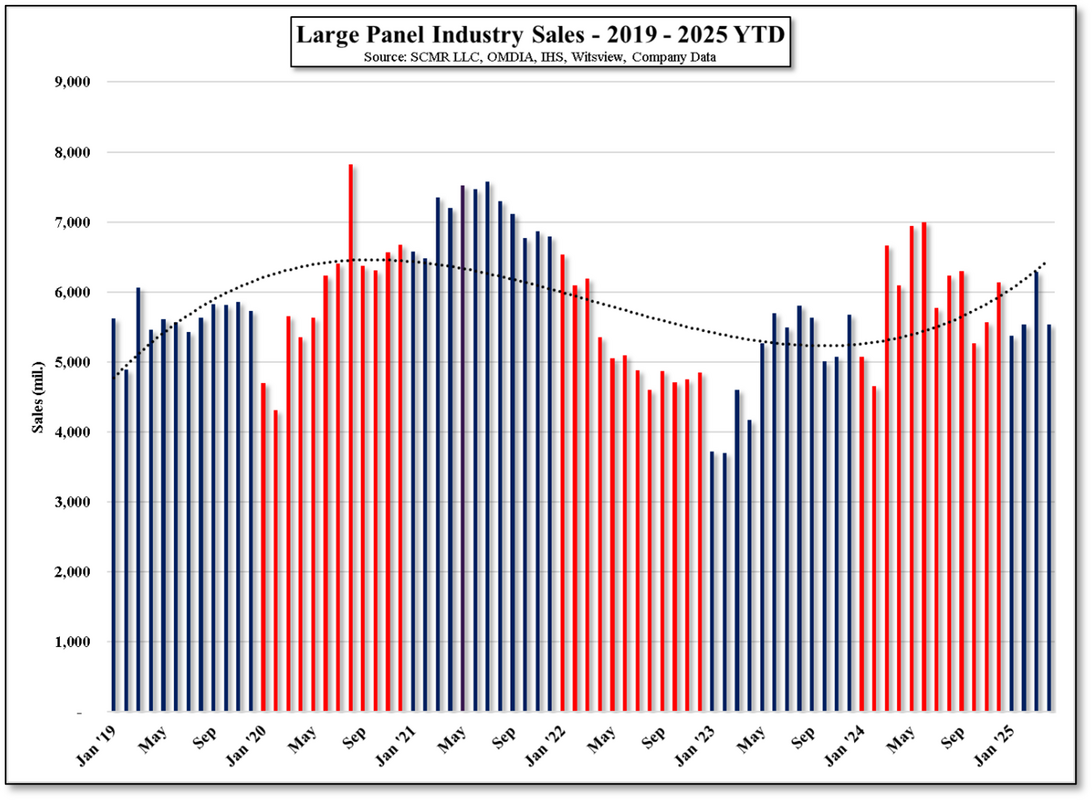


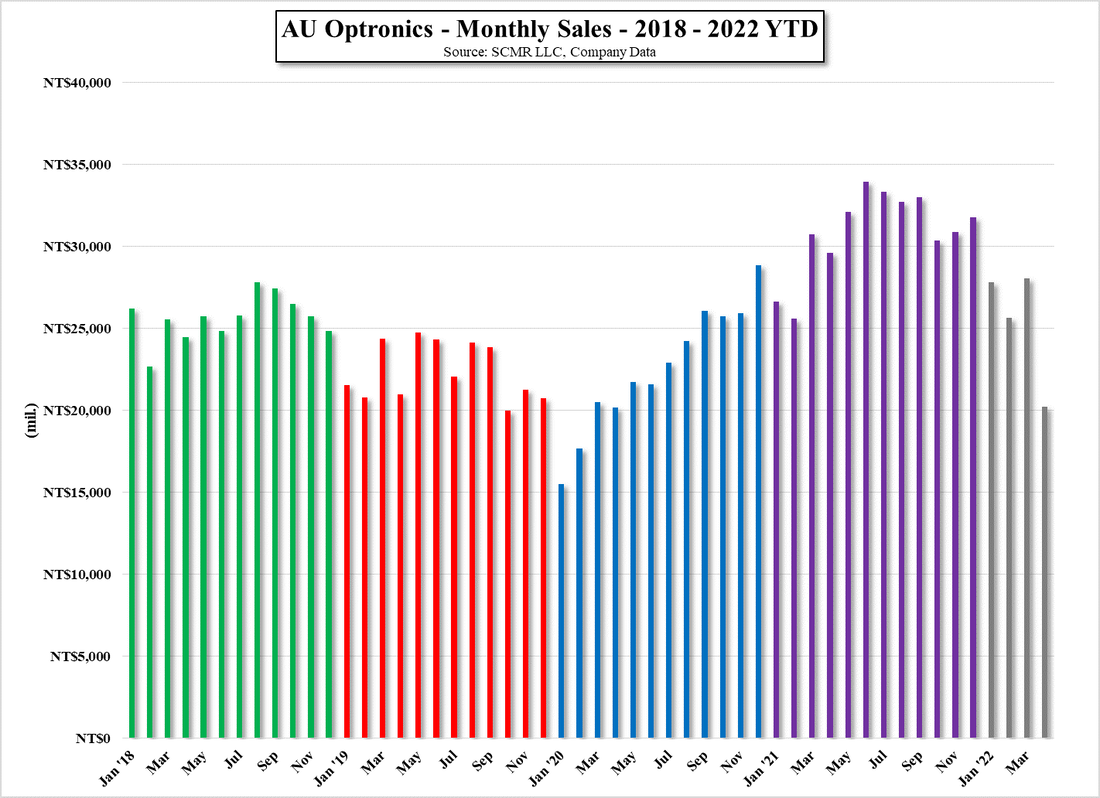
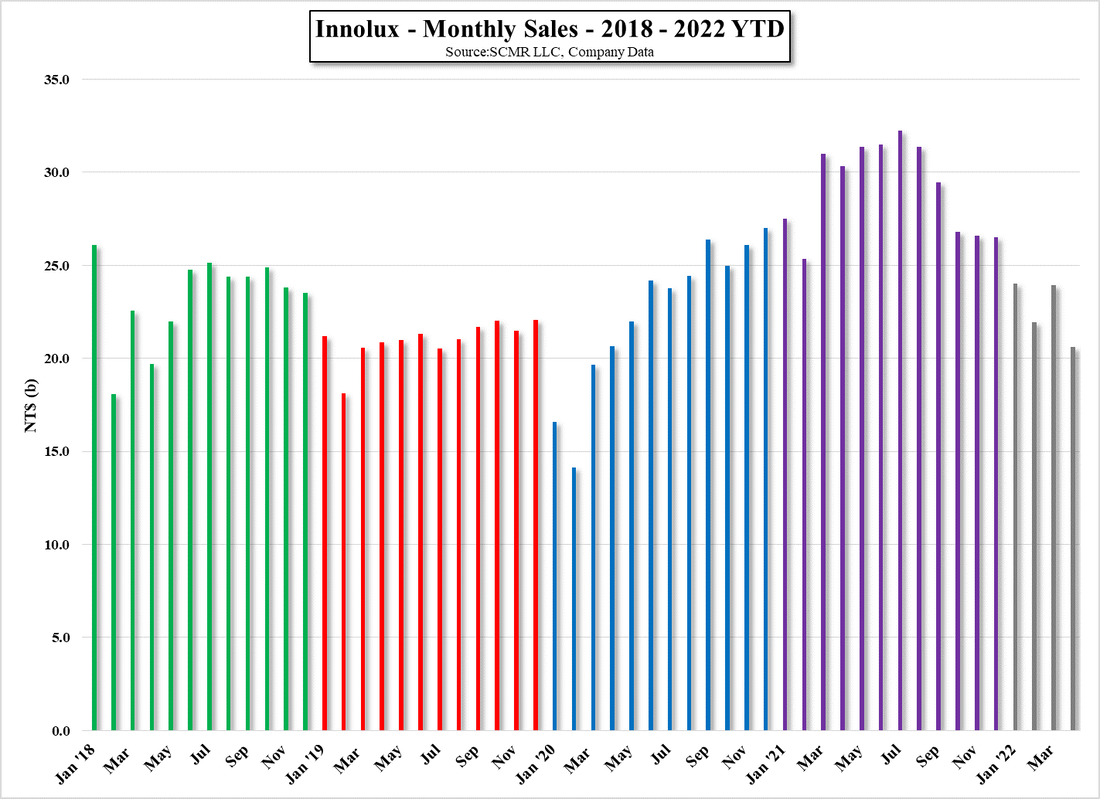
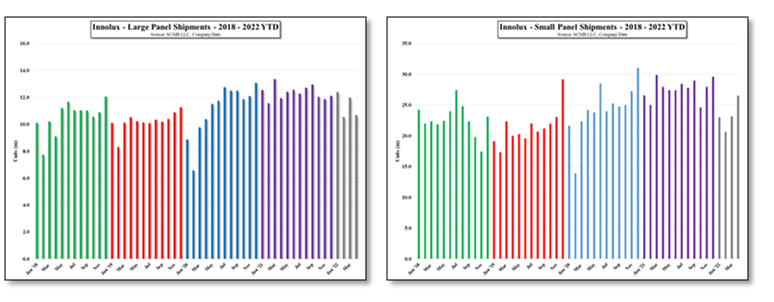
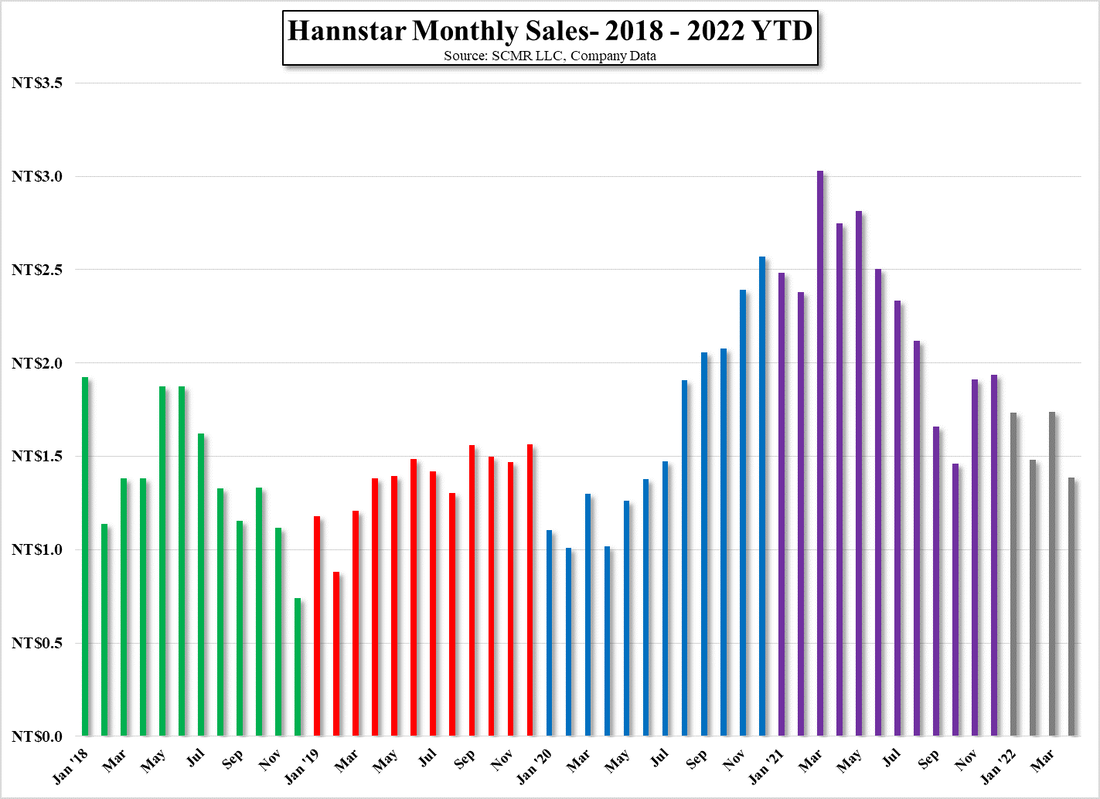
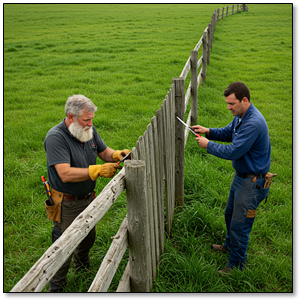
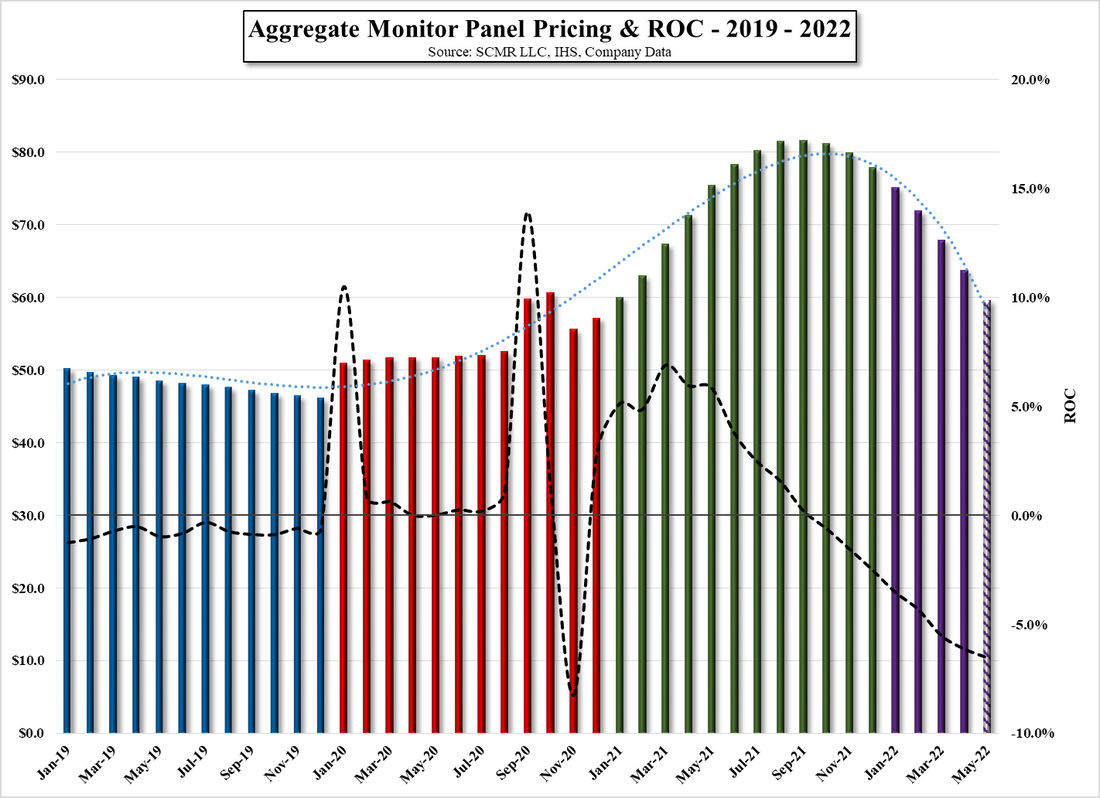
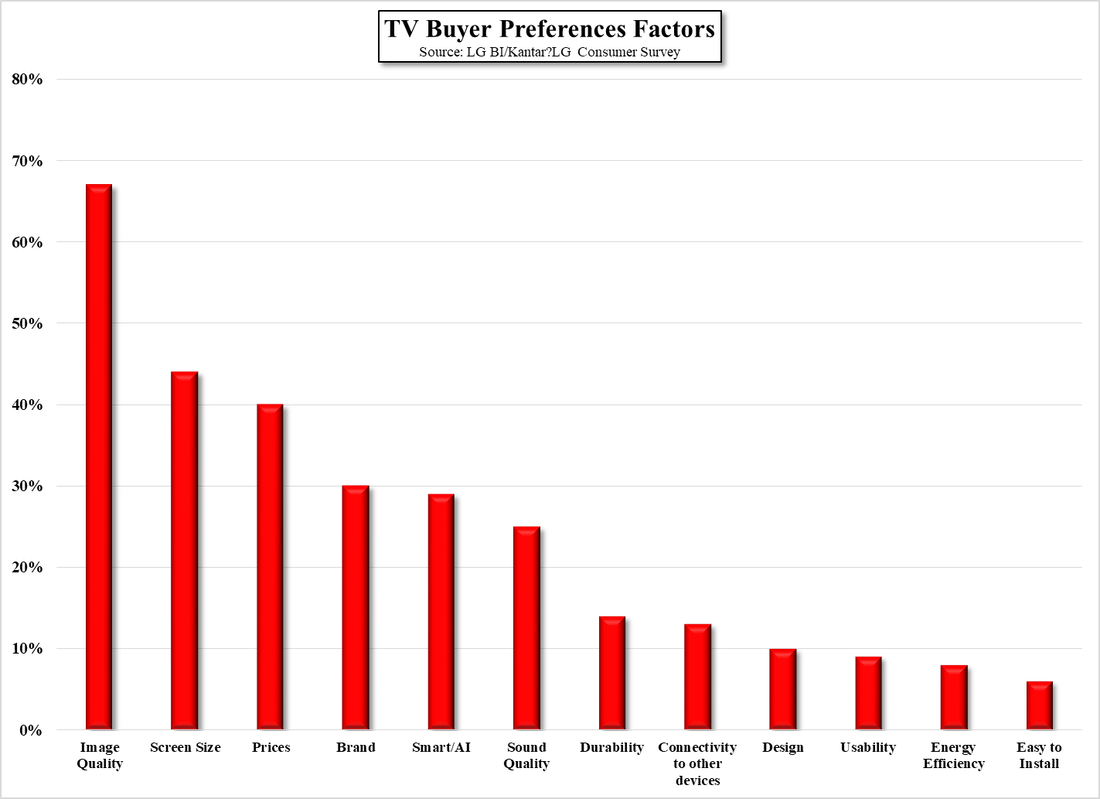


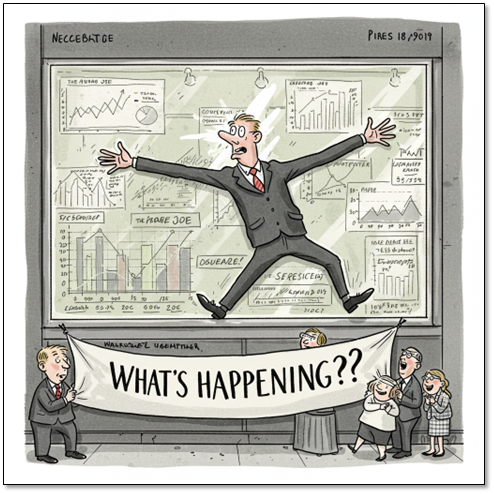
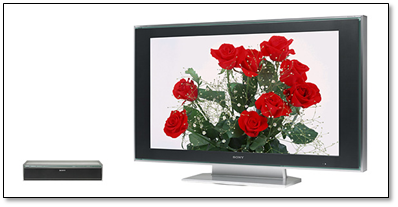
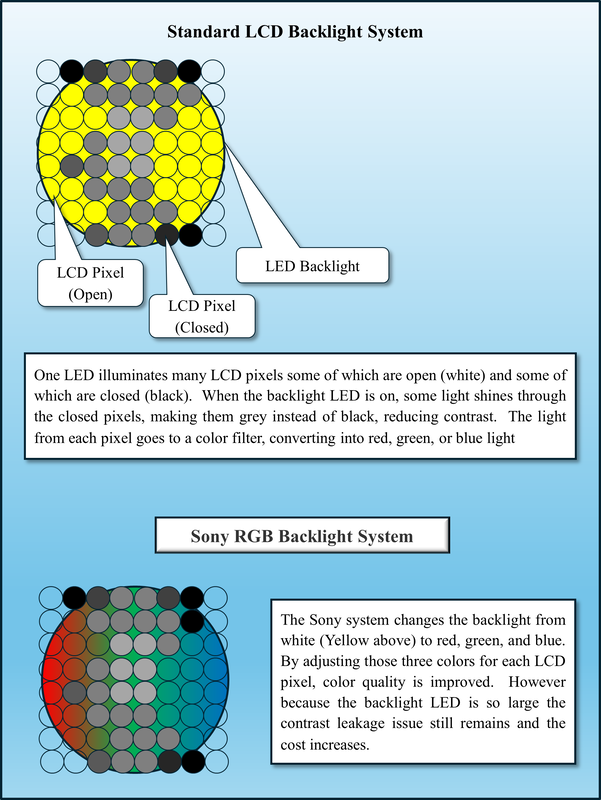

 RSS Feed
RSS Feed